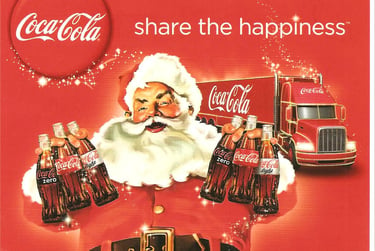Add your promotional text...
Selecting right creative route for your brand
Ask these 6 questions while evaluating the creative options that your agency sent you and build compelling narratives for your brand.
MARKETING STRATEGYBRAND MANAGEMENT
10/9/20235 min read


It's always a tug-of-war between the brand manager and the creative agency in selecting the perfect creative route for the brand in question. Adding to this fun, during the brand planning season, LinkedIn is flooded with funny memes, videos and posts from both sides taking a dig at one another.
The enchanting world of advertising is the business of generating ideas where creativity knows no bounds. Creativity, being highly subjective & limitless, can sometimes push creative teams to go overboard on their ideas and move away from the brand story.
As brand managers, we need the right tools to navigate the maze of ideas, concepts, and designs. To make this journey easier, asking these six questions yourself will help you evaluate your creative options;
Is the Framing of the Brand Benefits Compelling?
A suitable example to explain this can be the “Dove: Real Beauty" campaign. Dove's 'Real Beauty' campaign brilliantly framed the brand benefits, celebrating diverse beauty and empowering women worldwide. By focusing on self-love and authenticity, Dove resonated with its audience, leaving a profound impact on societal perceptions of beauty.
The Indian version of this global campaign had a compelling storyboard in the Indian context.
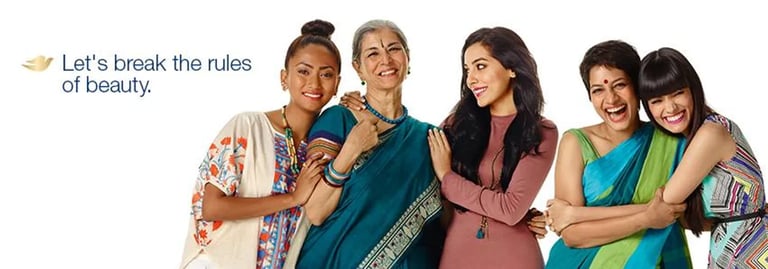

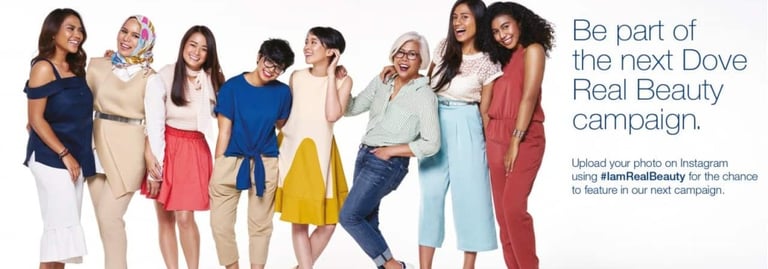

Does it Capture the Expression of Brand Symbolism?
Brand symbolism is creating a unique and recognizable visual language that represents the brand's personality and resonates with the target audience.
Brand symbolism is crucial in marketing and advertising because it helps consumers recognize and relate to a brand quickly. When done effectively, brand symbolism can evoke strong emotional responses, build brand loyalty, and differentiate a brand from its competitors in the minds of consumers.
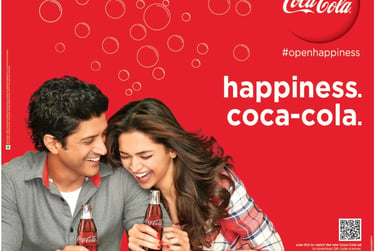

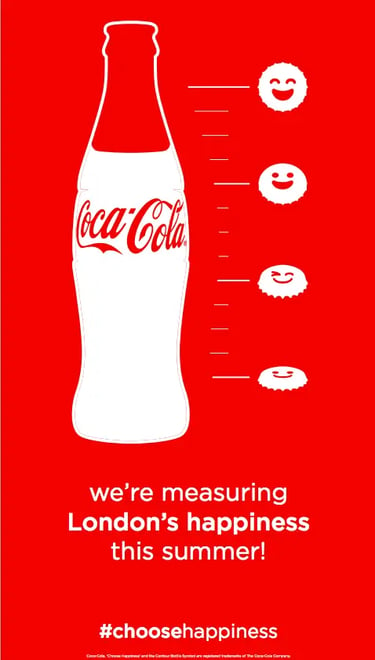

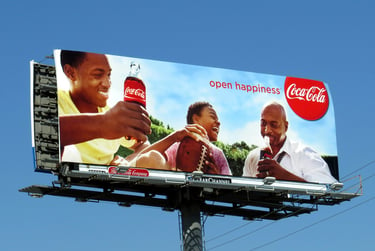

For example, Coca-Cola, a brand synonymous with happiness, captures the essence of joy and togetherness in its campaigns. Through uplifting narratives, Coca-Cola doesn't just sell beverages; it sells the idea of shared moments, celebrations, and connection. Their advertisements become a vessel for emotions, embodying the essence of their brand as a source of happiness and unity.
Will the Creatives route Resonate with the Target Audience?
This depends on how well you know your target audience. Many iconic brands understand their audience so well that the brand resonates with target audiences and becomes an important part of their way of life.
Nike, the powerhouse of sports advertising, understands its audience like no other. Their collaboration with Serena Williams in the “Dream Crazier” campaign struck a chord with aspiring athletes, especially young girls. By celebrating resilience and determination, Nike’s ad became a beacon of inspiration, resonating deeply with its intended audience, and encouraging them to dream fearlessly.
A recent example from India is the "Vibe Hunter" campaign by Royal Enfield, which perfectly resonates with its younger GenZ target audience. The RE team rightly invested in understanding the GenZ audience deeply before launching the 350 CC motorcycle, Hunter. The 360-degree campaign struck the right cords with its target audience, leading to another successful launch of the Hunter 350
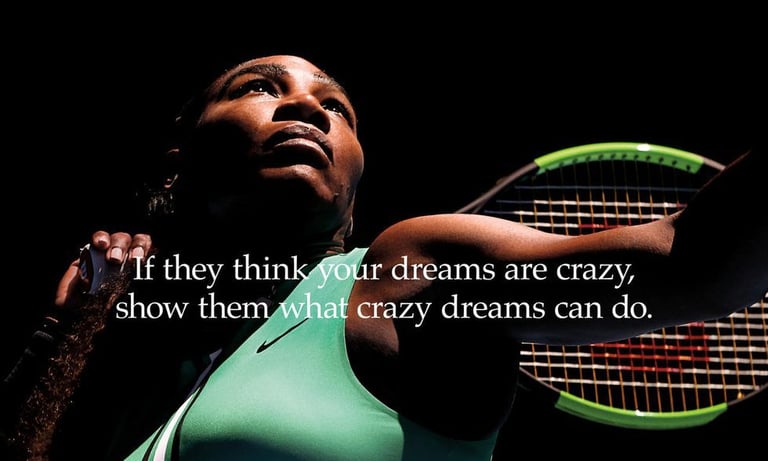

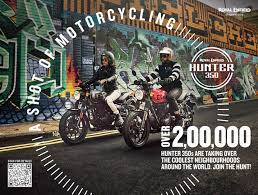

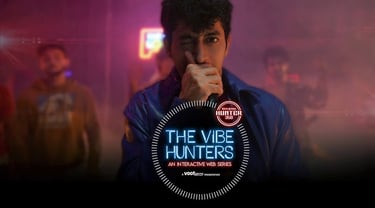


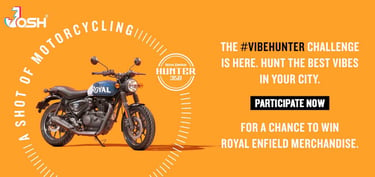
Is the Idea Engaging, Simple, Creative, and Original?
You would agree that an advertisement, with originality and a simple choice of words, is much more memorable & powerful than high-on-the-creative quotient ads that demand a lot of creative deductions.
Fevicol, the adhesive brand by Pidilite Industries, exemplifies creativity and simplicity in Indian advertising. Their famous “Fevicol ka Jod” series showcases the adhesive’s strength in the most creative and humorous ways. By engaging viewers with simplicity, creativity, and originality, Fevicol has transformed a mundane product into a household name and a source of entertainment.

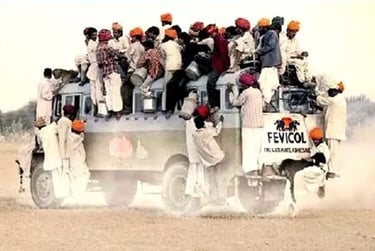
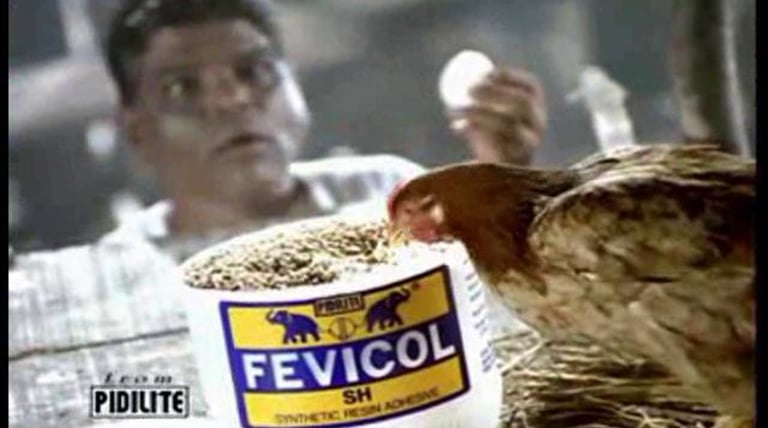

Does the Storyboard Integrate the Product Well?
The integration of the product within the story is crucial. The narrative should seamlessly incorporate the product or service, making it an integral part of the storyline. Effective integration ensures that the audience understands the product's utility and relevance within the context of their lives, making them more likely to consider it.
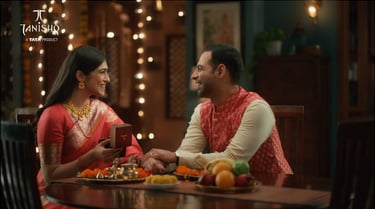

Tanishq, a leading Indian jewellery brand, expertly integrates its products into culturally rich narratives. Their advertisements often depict heartwarming stories that revolve around relationships, traditions, and celebrations. By seamlessly integrating their jewellery into these narratives, Tanishq doesn’t just sell ornaments; they become an integral part of cherished moments, symbolizing love and familial bonds.
Is It an Effective Extension of Earlier Campaign?
Building on the success of previous campaigns ensures continuity and reinforces brand recall. Hutch (now Vodafone) in India exemplified this with their adorable pug mascot. The consistent appearance of the pug in various scenarios became synonymous with network coverage, creating a strong association with reliability and loyalty, making it an effective extension of their earlier campaigns.
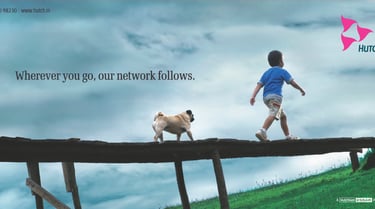

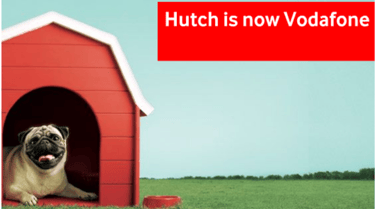

In the realm of advertising & brand communication, these decision filters serve as guiding stars, illuminating the path towards creating advertisements that not only capture attention but also leave a lasting impact on the hearts and minds of the audience. Through these questions, your brand can craft narratives that resonate, engage, and endure, creating a powerful connection with their consumers.
Ask these questions when you receive creative options from your agency and together build powerful narratives for your brands. If like this do share it with fellow brand managers
